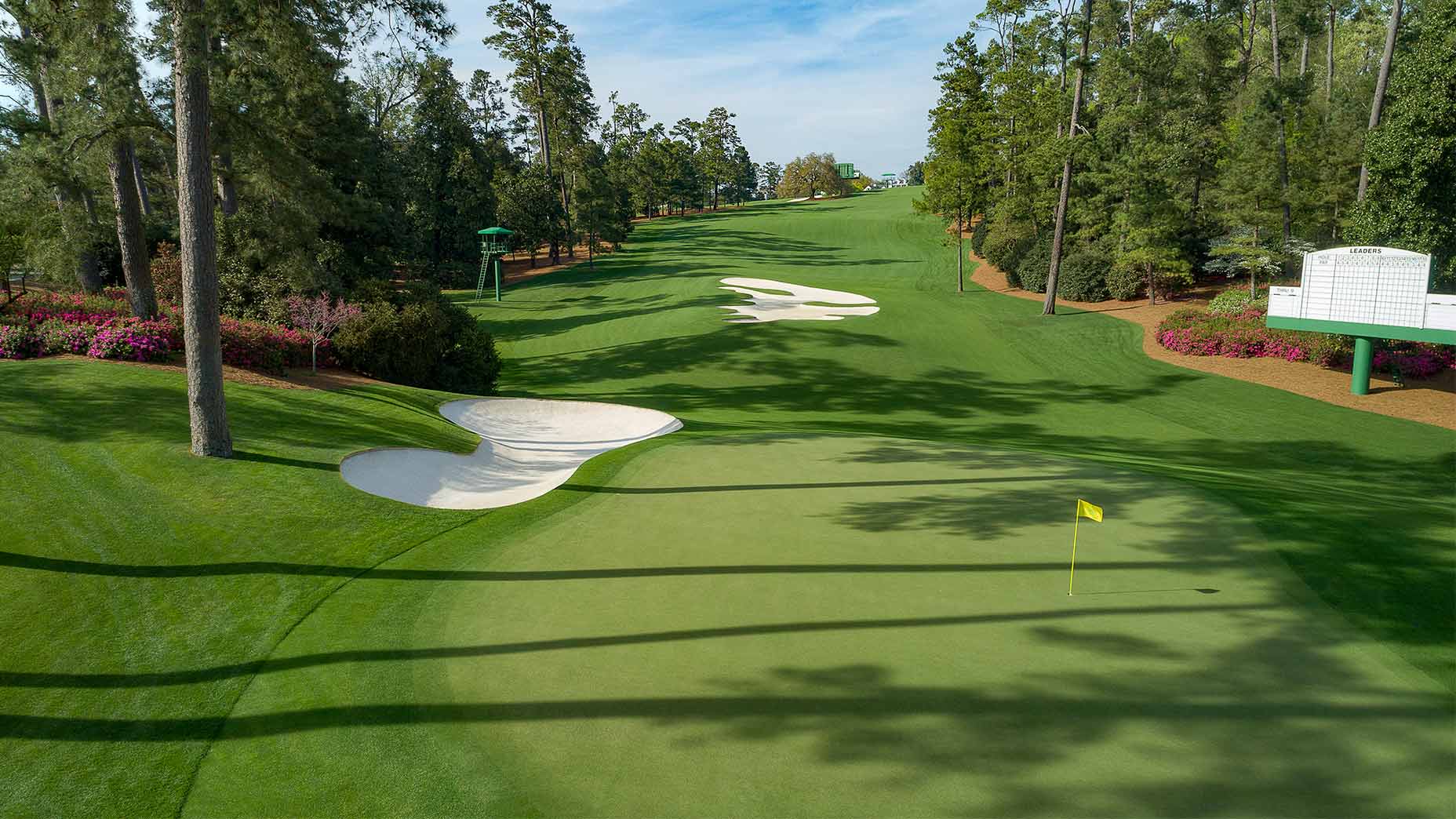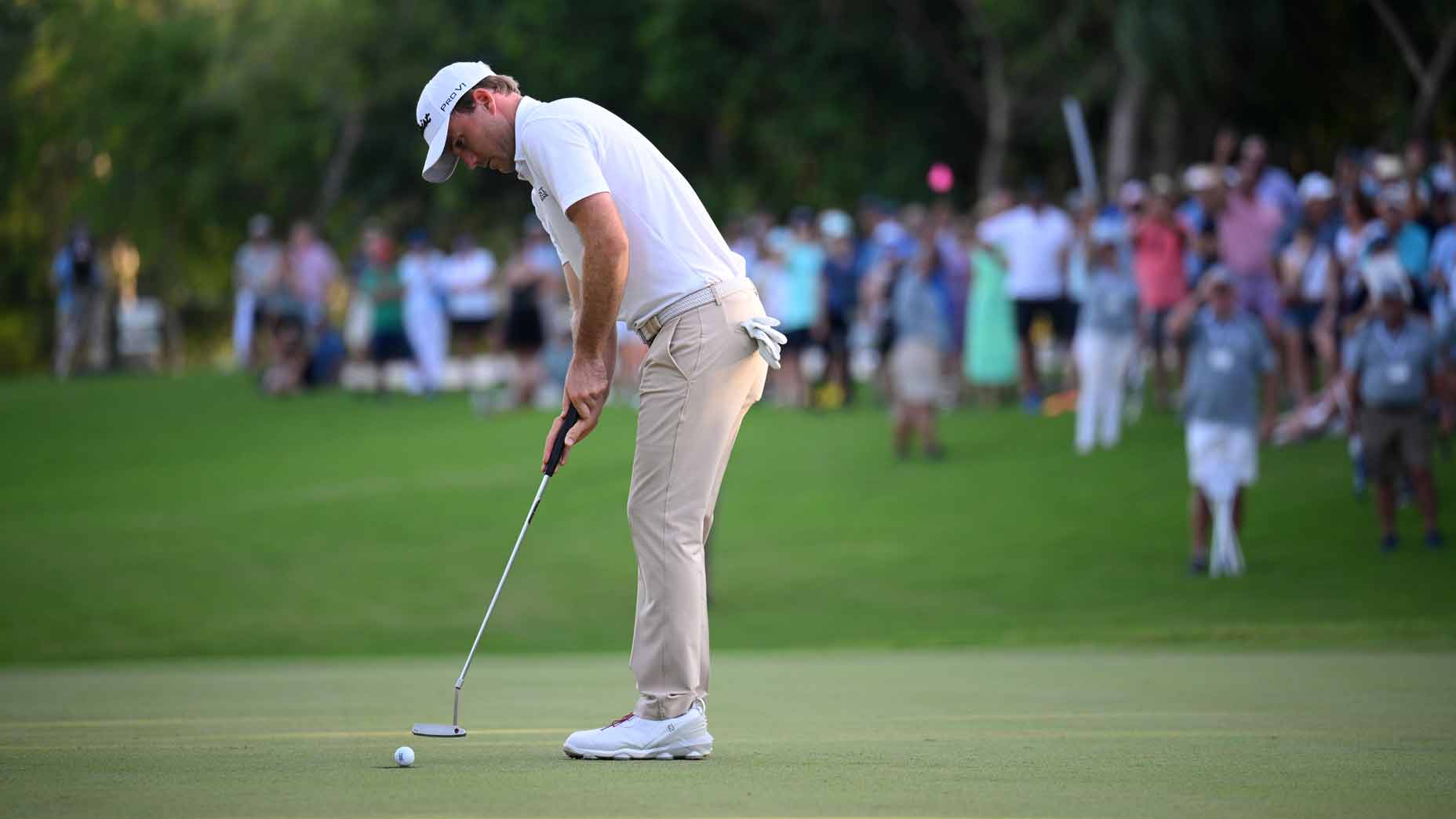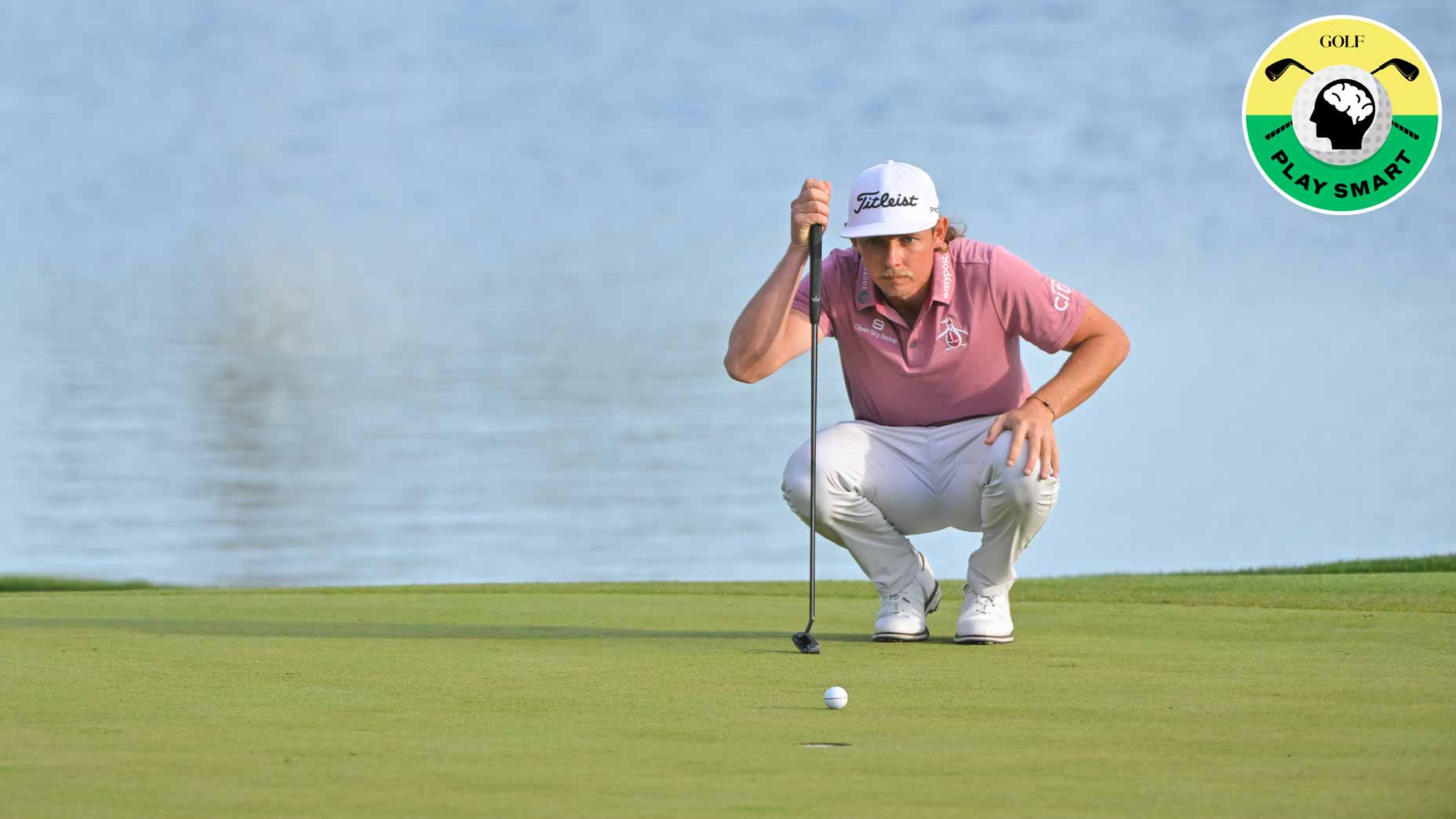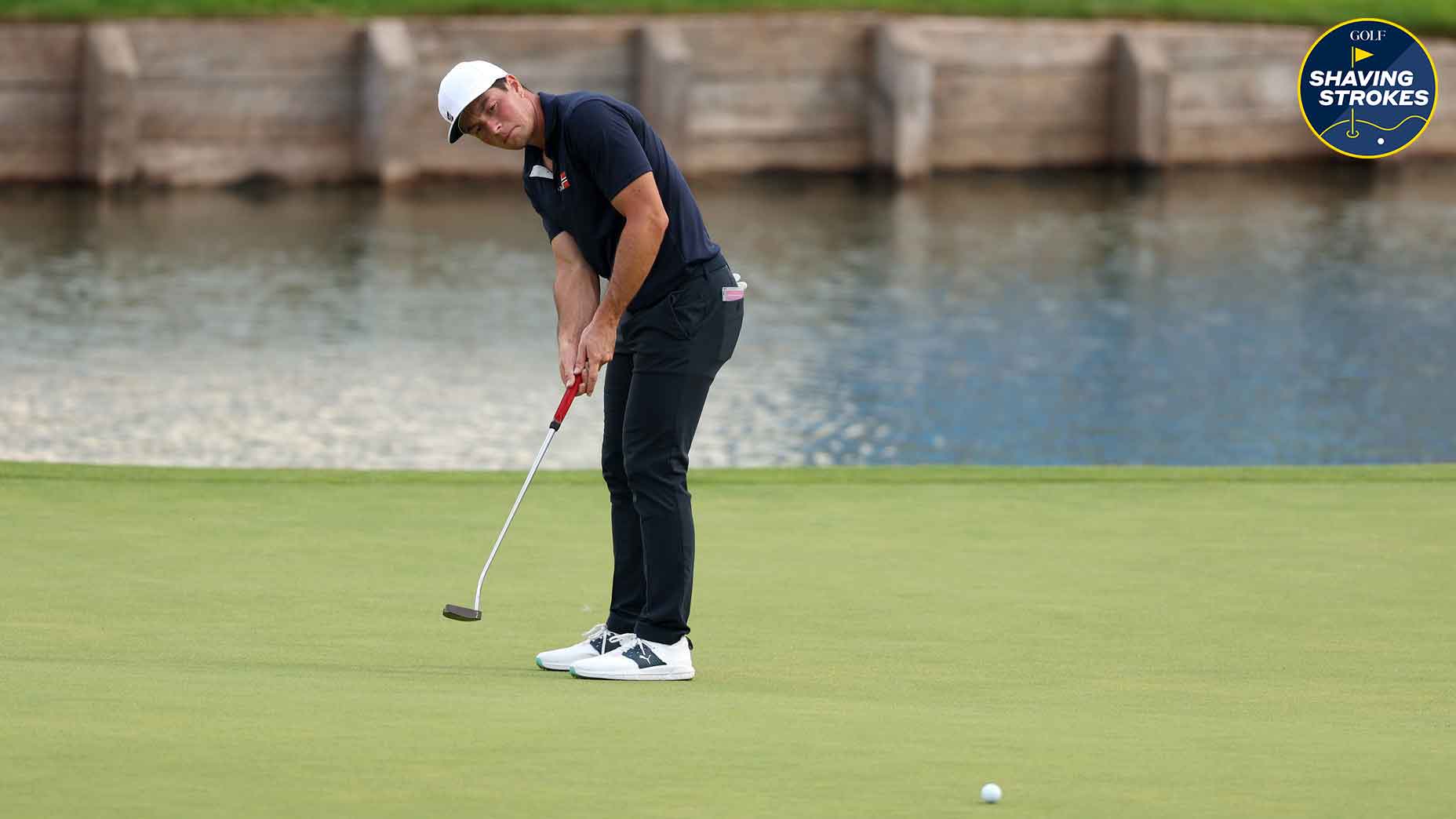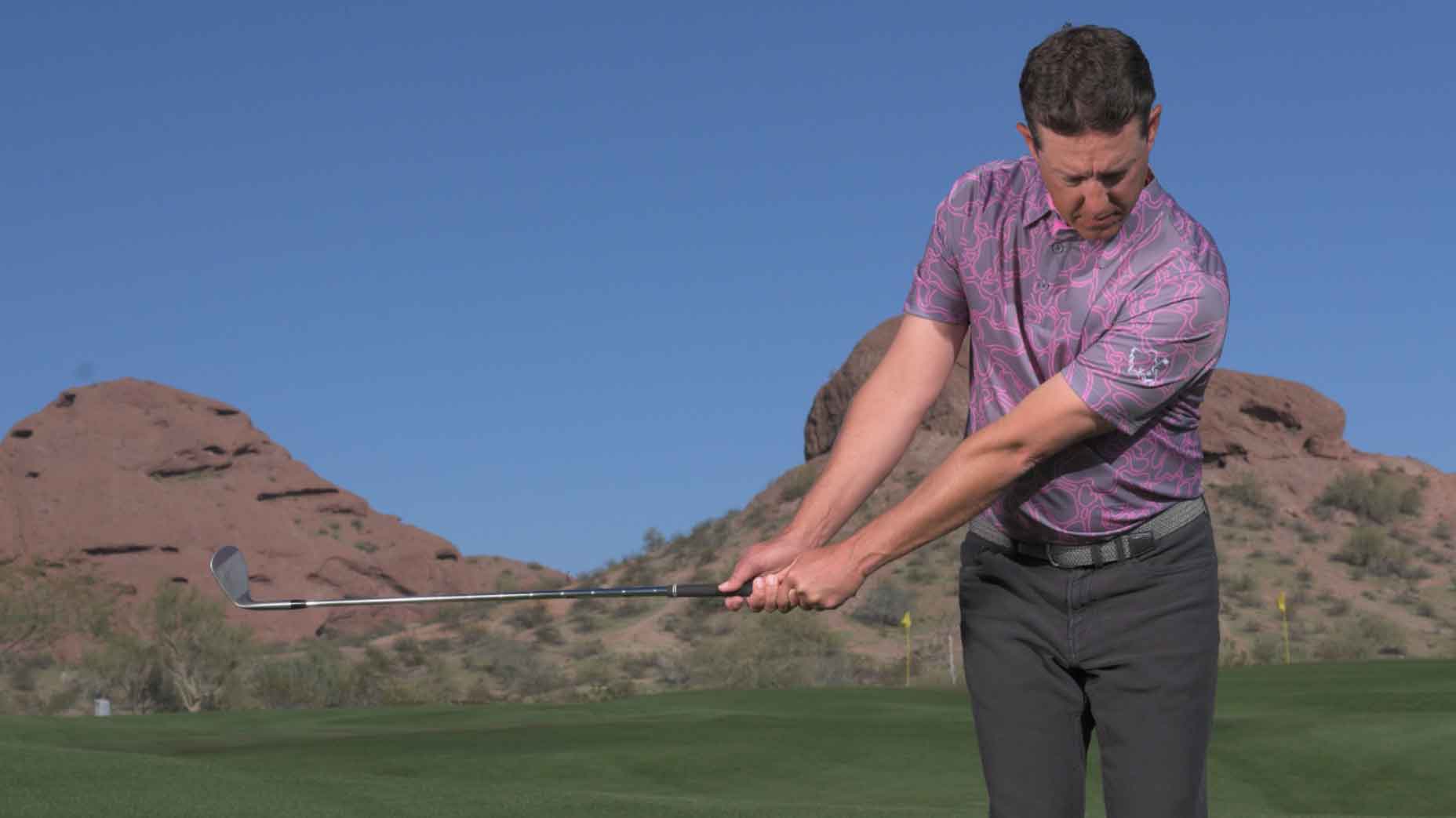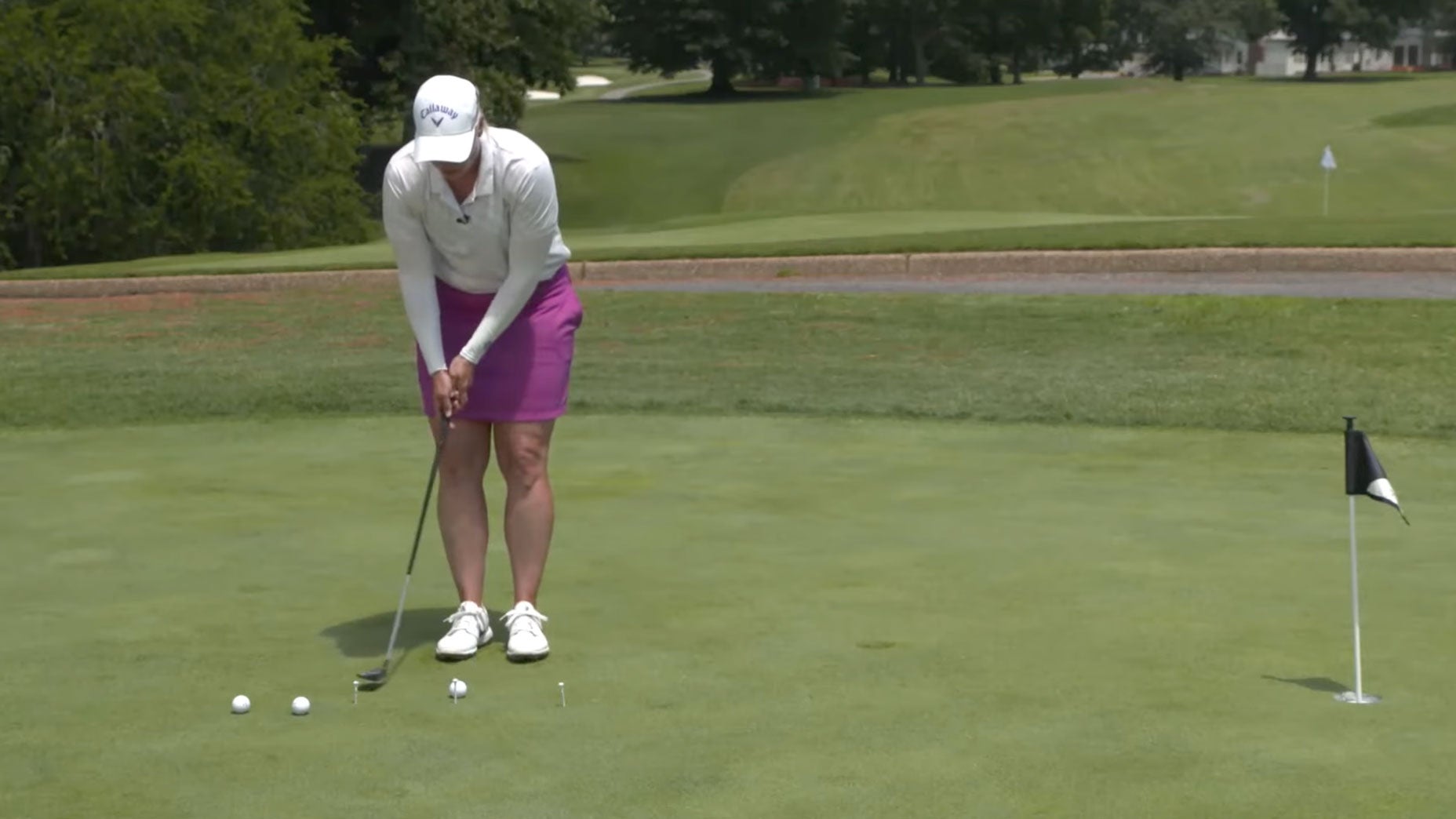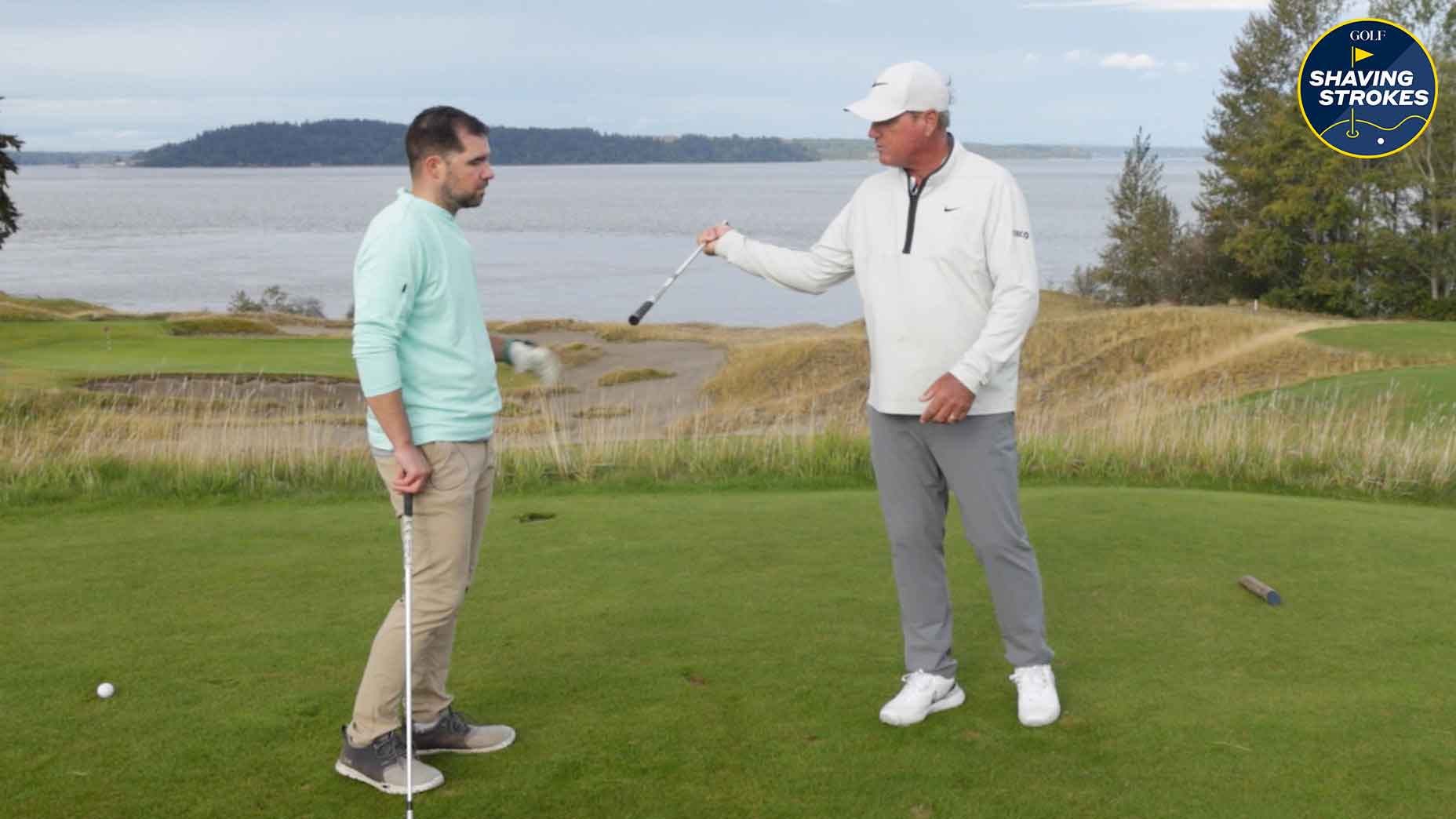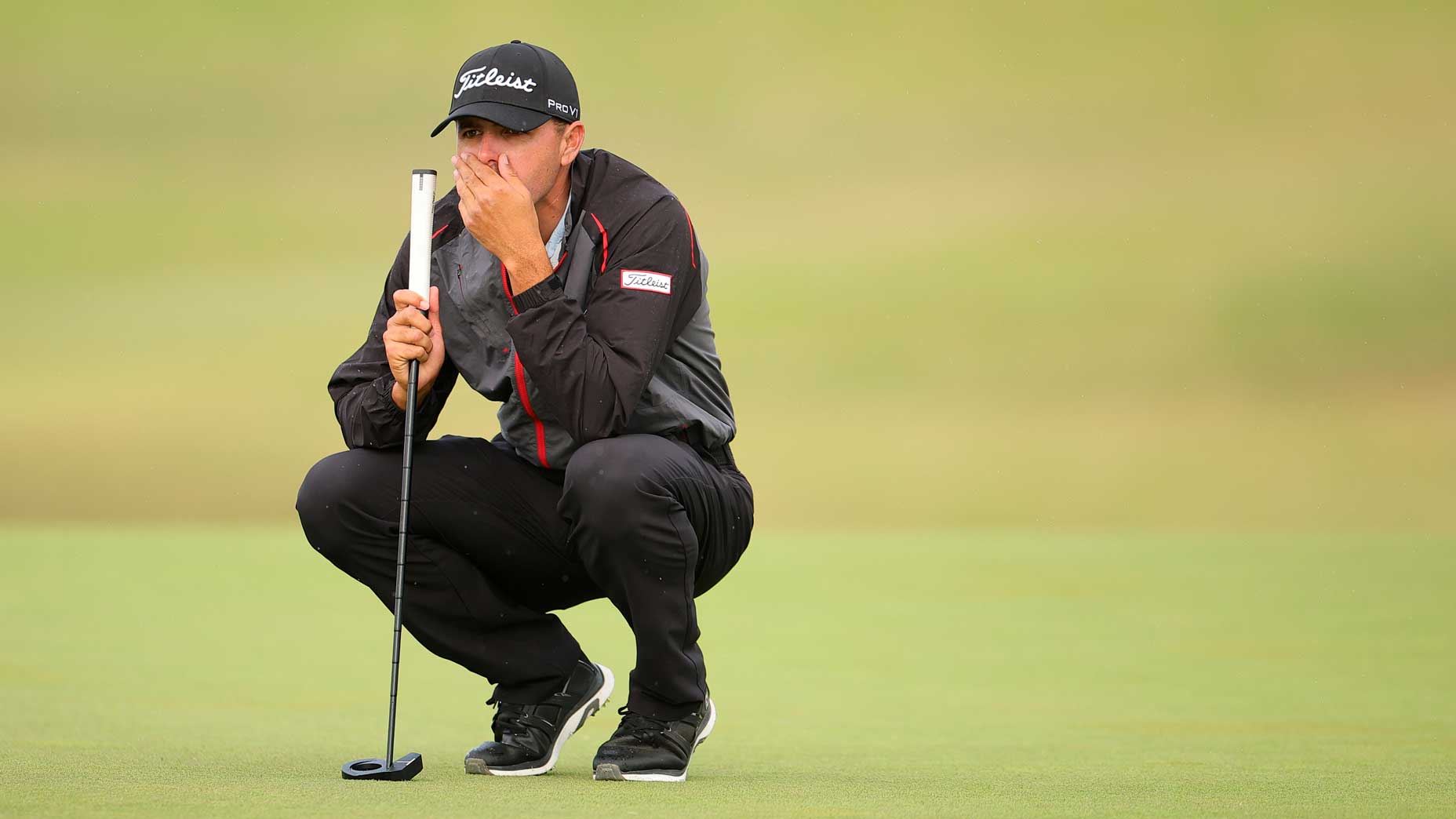How to navigate extremely sloped greens like at Augusta National
- Share on Facebook
- Share on Twitter
- Share by Email
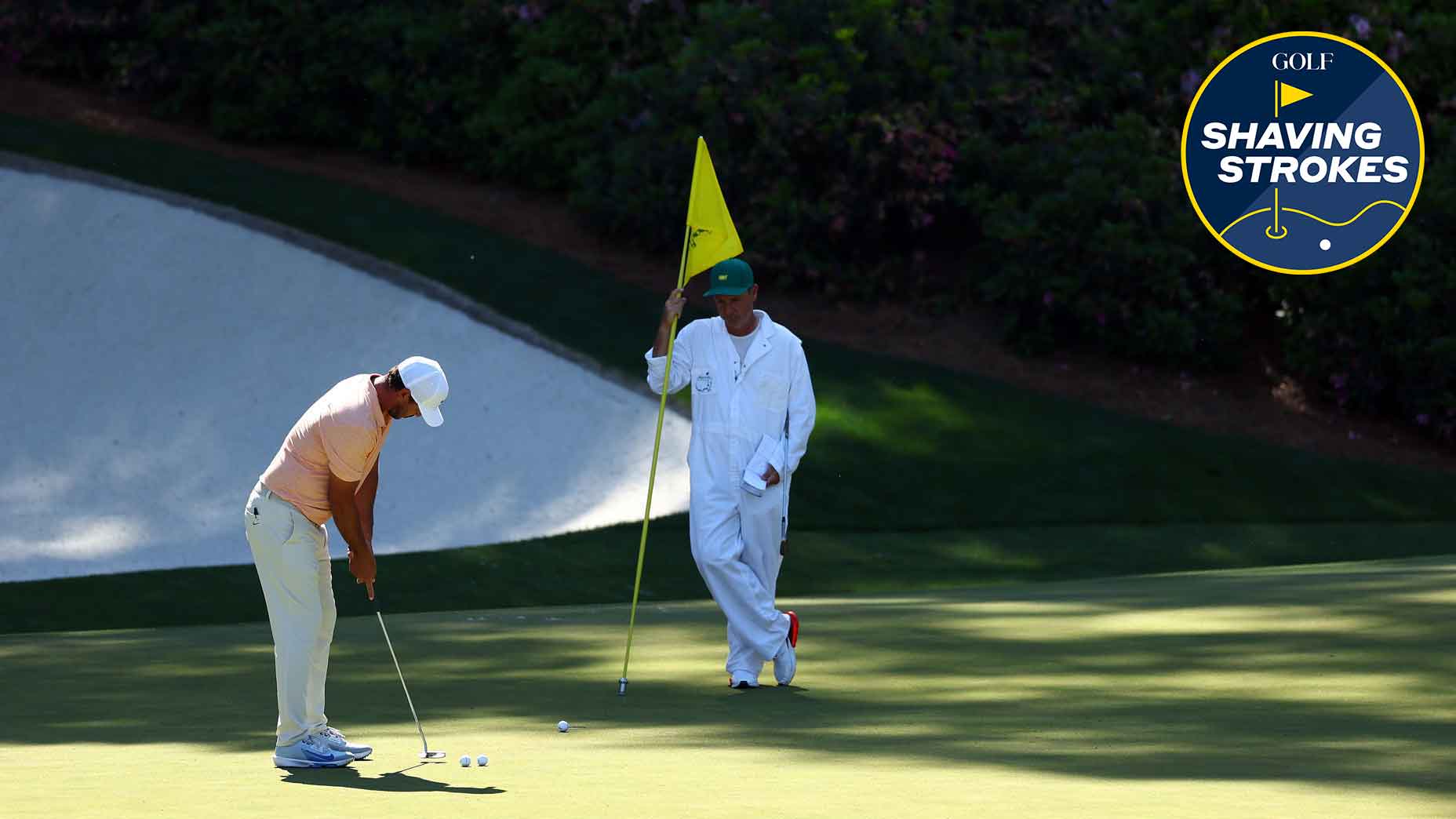
Sloped greens present a serious challenge, so here's how to perform your best on them.
Getty Images
Welcome to Shaving Strokes, a GOLF.com series in which we’re sharing improvements, learnings and takeaways from amateur golfers just like you — including some of the speed bumps and challenges they faced along the way.
Many amateur golfers can only dream about playing a course as prestigious (and difficult) as Augusta National. And while getting an invite to play the famed grounds that host the Masters is far-fetched, there are plenty of other courses in the world that present a similar challenge — specifically on the greens.
One of the many things that separates Augusta from other courses is its treacherous putting surfaces, with the sloped greens presenting a major issue for even the best golfers in the world.
It makes sense, too: The flatter the surface, the easier it is to putt on. But add in heavily sloped greens, and players need to adjust their distance control, green-reading ability and target line (among other things), only further emphasizing the importance of the flat stick.
But there are ways to avoid big scores when the greens are so grueling.
Do this to navigate sloped greens like at Augusta National
Masters poll: What’s the hardest thing about Augusta’s greens?By: GOLF Editors
So what do you do when you come across a course with extremely sloped greens like the ones at Augusta National (even if you’re not actually playing at Augusta)? To help provide some tips, I tapped PGA Golf Professional Brendon R. Elliott to share some advice.
“Sure, playing on fast and tricky greens can be challenging, but you can do a few things to manage them effectively,” Elliott says. “First, it’s essential to pay attention to the speed and slope of the green before taking your shot. Take some time to walk around the green, assess the conditions, and note any slopes or breaks that could impact your shot. This is exactly what you will see the players do this week at the Masters.
“To truly putt, chip, and pitch effectively, you must know what the green is presenting you from all corners.”
Once you assess the shot in front of you, Elliott reminds players how to adjust their mindset when playing on sloped greens — which means avoiding the temptation to try and make every putt, and simply focus on distance control.
“It’s not about getting the ball in the hole; it’s about the satisfaction of a well-executed stroke,” he adds. “To get there, you need to hyper-focus on your speed and line in order to hit your putts with enough momentum to reach the hole; while not leaving yourself a slick and tricky second putt.
“That’s why it’s so essential to keep your stroke smooth and controlled, using a tempo that’s consistent of a follow through that’s twice as fast as the backstroke. You can also use a putter with a heavier head, which helps you maintain a consistent stroke on fast greens.”
Data reveals the optimal approach on the greens for making more puttsBy: Joe Hallett, Top 100 Teacher , Joe Plecker, Top 100 Teacher
Finally, Elliott says to spend time dialing in your aim on sloped greens. Sure, that’s important for any putting surface, but it’s extra critical when there are so many undulations that can impact the direction your ball rolls.
“I always suggest aiming for the high side of the hole when putting on fast, sloped greens,” he instructs. “This will give your ball a better chance of rolling towards the cup, as gravity will help it naturally move in the direction of the hole.”
Although sloped greens can be challenging — whether playing at Augusta National or at a local muni with them — Elliott reminds players to continue to grind by putting in the work on the practice greens. The more you play on fast and difficult greens, the more comfortable you’ll become with the conditions.
“Take advantage of any opportunities to play on challenging courses, and be sure to use each round as a chance to improve your skills and gain confidence,” he suggests. “Remember, every practice session is a step towards becoming a better putter, short-game player, and golfer; and that should be your ultimate motivation.”

Putting Alignment Mirror
$27.99 (was $39.99)
View Product
Latest In Instruction

Brendon R. Elliott, PGA Golf Professional
Golf.com Contributor

Nick Dimengo
Golf.com Editor

